In their parliamentary election, Canada voted to send a direct rebuke to Donald Trump in their national election. The Canadian people endorsed Trump’s opponents, the Liberal Party, and enabled it to take a majority of seats in the Canadian Parliament. This outcome would have stunned observers a few months ago. Prime Minister Justin Trudeau was forced to resign back in January after years of abysmal poll numbers. A poll taken in January showed the Conservatives ahead by twenty points.
The vote confirmed one of the oldest facts in the European history of North America: Canada, no matter its ethnicity or political allegiance, does not want to become the 51st state, or the 14th state, or any part of the colonies or states that currently make up the United States. This attribute has, of course, been shared by other parts of the North American continent such as those owned by Native Americans or Mexico. Canada is different because of its powerful supporters or obstinate residents who rejected earlier takeover attempts, so much so that the question keeps reappearing when it has already been settled in so many other places.
The conquest of Canada failed
American plans to capture Canada date back to the 17th century. The Puritans tried on numerous occasions to invade and conquer French-owned Canada. One of the most notable occurred in 1690, when the French, led by Count Frontenac, defeated Puritans from Massachusetts Bay and preserved its independence. An American takeover of Canada remained a goal of American troops throughout the colonial wars of the late 17th and 18th centuries. It did not end until the Battle of the Plains of Abraham in 1759, when the British took over Canada and famously expelled the French Acadians to Louisiana.
The Puritan drive to conquer Canada was a desire to continue the religious wars between Catholics and Protestants that ranged for a century in Europe after Martin Luther. In 1775, the Enlightenment drove the next serious effort among Americans to take Canada. The trials and oppressions that led to the American Revolution convinced Americans that French Canada was also wishing to be freed from the British yoke. As a result, the nascent Patriot army sent two armies through Maine and New York to invade. Americans believed they would be greeted as liberators. Instead, they were violently opposed by local settlers and defeated after fits and starts at the late 1775 Battle of Quebec. The loss helped to prolong the war and devastate what was already a small American army.
The Americans tried once again to take Canada during the War of 1812. They followed the same general strategy, this time goaded on by then-former president Thomas Jefferson. The invasion was arguably more disastrous on the second attempt. American troops invaded and burned York before being defeated at several points and forced to withdraw. Once again, Canadians did not rally to their cause, and the insult of the attack on York led to the British returning the favor by torching Washington, DC.
Later threats to Canadian sovereignty
For the next century, there were periodic threats and instances of saber-rattling between the two countries. The James K. Polk administration considered going to war over the boundary in Oregon, instead agreeing to a lower boundary in an 1846 peace treaty. But especially after Canadian independence, the United States became more tolerant of the idea of having Canada as an ally instead of a constituent part. This attitude was cemented in 1925 with the construction of the Peace Bridge between Buffalo, New York, and Fort Erie, Ontario, which according to a commemorative plaque marked “a century of unfortified peace between Great Britain and the United States.”
Trump and his supporters would be wise to remember this history. They have already tipped one election against their interests. The framing of a Canadian takeover as serious to their supporters and a “joke” to their skeptics is already falling flat. Jokes from politicians become much less funny in a time of domestic tension and economic turmoil. The Trump administration needs to follow the lesson first learned by Puritans over three hundred years ago: Canada may be large and attractive for multiple reasons, but when it comes to the United States it should be left alone.


1 Comment
Does anyone still read this blog after they blew 2024? Or is it dead?